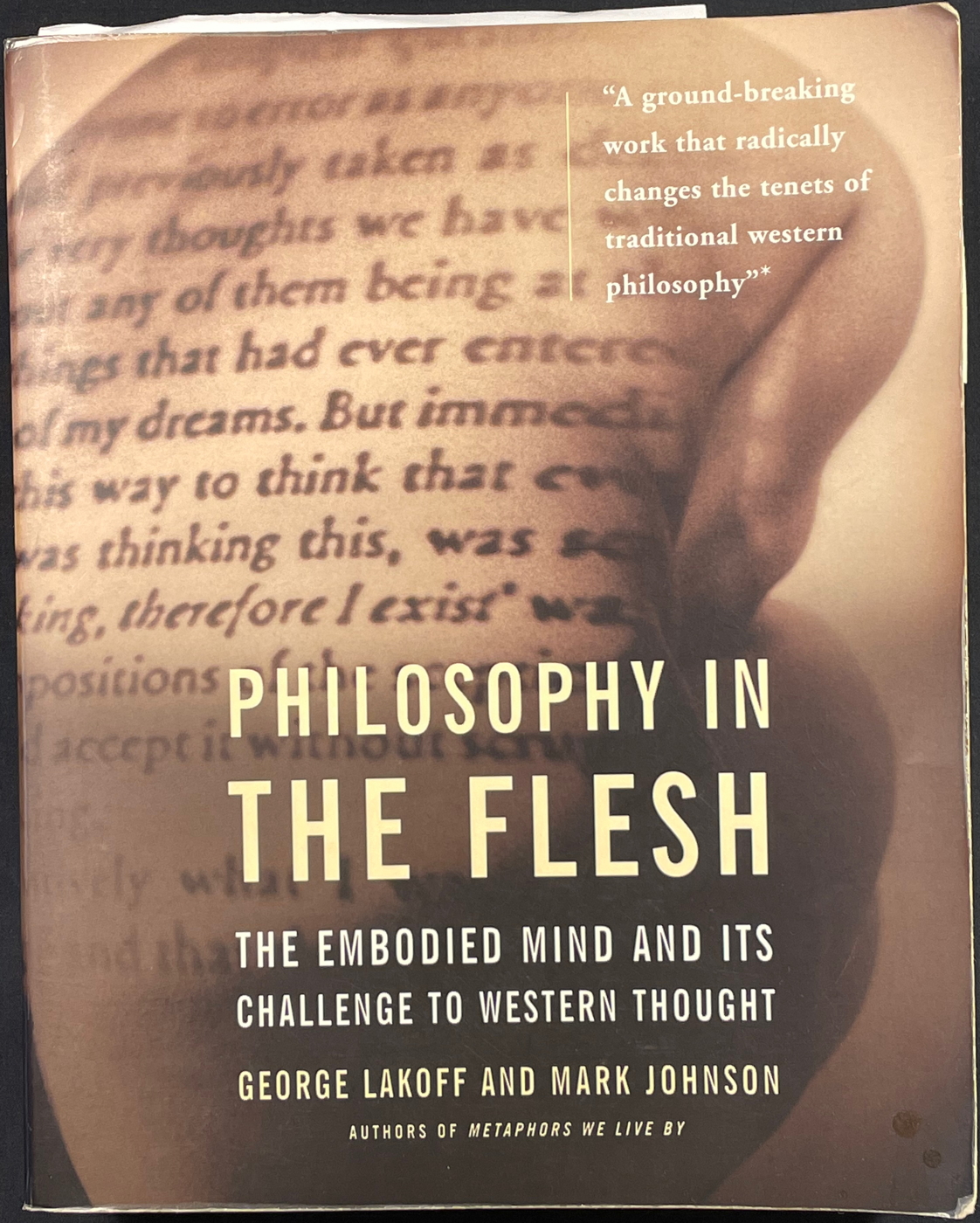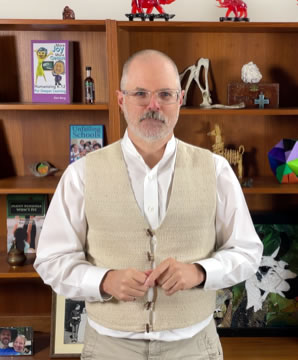How to Transform the Global School System
Transforming the global school system was the topic of discussion in a large Zoom meeting in which I recently participated.
I have been a part of conversations like this one before.
I am connected with a variety of organizations that are not happy with the mainstream of schooling options and want to disrupt that mainstream in productive ways that more reliably help children to become educated.
The idea is to organize politically to help a variety of schooling models that are currently marginal to the industry to become the norm rather than the exception.
Read the Deeper Learning Resolution (PDF, 6Mb)
Find out more about Back-to-Basics 2.0 (PDF, 10Mb)
Formative school & classroom climate assessment
I am making this video to set forth my perspective on this ambition and offer what I see as the next step towards achieving it.
If you share in this ambition for the school system and find my perspective and plan to be reasonable I would be happy to discuss it with you, even if you don’t agree with every detail.
If you are organizing, or already leading, a group to take on the task I would welcome an opportunity to talk with your group, perhaps we can be mutually supportive.
The Moral Hunch - Our School System Needs Transformation
Everyone in that Zoom meeting had what I call the moral hunch that the mainstream of our school system is not just failing to educate but also inadvertently harming too many children.
That moral hunch is expressed in a vast and growing literature that has been around since at least the early 20th century, taking John Dewey’s books as a convenient reference point.
In addition to literary expressions, the moral hunch has been the genesis of diverse alternative school models: Marietta Johnson’s School of Organic Education in Alabama, A.S. Neill’s Summerhill School in the UK, Preshil in Australia, Sudbury Valley School in Massachusetts, Sri Aurobindo Yoga Mandir School in Katmandu, and many others throughout the world.
Some of the more well known terms and brands include Montessori, deeper learning, Reggio Emillio, Waldorf or Steiner, democratic schools, and more.
But, even taken as whole all these alternatives only serve a tiny percentage of the children in the world.
This haphazard scattering of schools is a start, but it is not yet having a transformative impact on the mainstream school system.
What we want is for schooling that facilitates deeper learning to become a pervasive social fact throughout the world, regardless of how they are branded, organized, and administered.
How do we get there, from here?
In order to answer that question we have to know where both here and there are, relative to each other.
Systemic Transformations from History
Historical precedents help.
Germ theory is a pervasive social fact as demonstrated by the eradications of smallpox in 1977 and rinderpest in 2001 through global institutional efforts.
Or to take more recent evidence into account, you might have noticed that despite the recent controversies that arose during the global pandemic, no one argued against the germ theory of disease.
The arguments were about what would be effective to combat the germs that were identified.
Actually, there were a few folks arguing against germ theory, but they were so utterly irrelevant that even the crackpot fringes didn’t give them the time of day.
Before germ theory became a social fact, the movement supporting it had to achieve what I call external coherence.
External coherence is what enabled the movement to make clear and specific political demands.
For example, we can look back to 1910 when the Flexner Report called for the reorganization of medical education.
To understand the impact of the Flexner Report you have to know that germ theory as we know it today was formulated in the 1860s by Joseph Lister and Louis Pasteur.
(That achievement was when internal coherence emerged, but I’ll come back to that form of coherence in a moment.)
Even before Lister and Pasteur articulated that theory properly, going back to Ignaz Semmelweiss in the 1840’s, there had been a variety of effective practices that were established in a haphazard scattering of medical institutions throughout the world serving a very small percentage of patients.
Sound familiar?
Despite having the right theory for decades, as a late 19th century scholar pointed out,
Quote “A man laid on an operating table in one of our surgical hospitals is exposed to more chances of death than was the English soldier on the field of Waterloo.”
End quote.
To be clear: Hospitals were more deadly than a war-time battlefield.
The infection rate of patients in the best hospitals in the world were on the order of 50-80% with a death rate from those infections of over fifty percent.
Imagine we are in a hospital back then, with a thousand patients.
At least five hundred patients will become infected and then at least 250 of them will die.
And despite having the theory that explained how to overcome it, changes in mainstream hospital practice took over sixty years.
At the time of the Flexner Report anyone who took a notion that they were a healer could start a medical school.
There was every kind of -opathy you could imagine: allopathy, naturopathy, osteopathy, homeopathy, etc.
Flexner was authorized by the US Congress and funded by the Carnegie Foundation to go around to every single medical school in the country.
He found that most doctors were taught using the apprenticeship method which boiled down to ‘watch the old guy; do what he does.’
That kept the ineffective practices solidly in place.
In his report Flexner pointed out how few of those schools taught biology, which is the basic science that constrains what should be considered plausible in medical practice.
Today, germ theory is universally regarded as a core principal of medical practice, resulting in hospitals achieving under seven percent infections and of those infected under six percent will die.
Of a thousand patients in a hospital today, less than seventy get infections and, of those infected folks, less than five die.
Germ theory is a major factor in making the difference between just five people dying versus 250.
To frame that in positive terms; hospitals shifted from just 75% survival to 99.5%.
The adoption of germ theory didn’t stop infection and death, but it helped us get an order of magnitude better handle on prevention.
By adopting Self-Determination Theory as the most basic science for education, we can get an order of magnitude better handle on reducing the 50-70% rate of disengagement in schools which will enable far more children to be properly educated.
Not every historically relevant movement has achieved the status of a pervasive social fact.
The environmental movement has clear and specific political demands, but it is clearly NOT a pervasive social fact, based on the on-going controversies and resistance to environmental policies such as those that address climate change.
The environmental movement has been operating from a position of external coherence in the USA since at least 1970 when Earthday and the federal Environmental Protection Agency were both founded.
Before that, internal coherence was achieved sometime before the 1950s when Rachel Carson’s Silent Spring hit the best-seller list and the deep ecology movement was starting to form.
“Internal coherence” is when a significant number of influential experts in the field have arrived at a consensus about what ARE the most basic constraints on the field.
Medicine is constrained by biology.
Our species survival is constrained by our planetary ecology.
When we look at the movements that have made germ theory a pervasive social fact AND made environmentalism an externally coherent movement with clear and specific political demands, we can see that there is a progression.
That “internal coherence” arose out of a lot of folks with a moral hunch that something was fundamentally wrong.
In medicine the alarming rates of infection and death in hospitals was just one source of the moral hunch.
For environmentalism the moral hunch was articulated by folks like John Muir.
Muir and his contemporaries fought against the then-pervasive attitude that the earth is just a pile of resources that we are divinely obligated to exploit for our benefit.
The Path to School System Transformation
So, the path from a moral hunch to a pervasive social fact goes through: first, internal coherence in which key experts come to a consensus about the field in question, and
next, the movement develops clear and specific political demands based on that consensus, which is called external coherence.
Part of what makes external coherence important is that both your allies and your enemies know, in broad terms, what you are trying to accomplish.
In education there has been a well-articulated moral hunch for over a hundred years, but I don’t see any sign that we have achieved internal coherence.
I have been to conferences on four continents held by organizations that are across the spectrum from mainstream to the most radical alternatives to that mainstream.
I make it a point to talk about the models and organizations that are on different parts of the spectrum and it is extremely rare for potential allies who support system transformation to even be aware of each other’s existence.
It is critically important that influential experts in the field come to some kind of consensus regarding the basic science that constrains what should be considered plausible educational practice.
So in this moment that is where I believe our most important work lies.
I believe that there is a robust scientific foundation upon which internal coherence can be built.
That scientific foundation is the psychological framework known as Self-Determination Theory.
My contributions to that conversation include my website, HolisticEquity.org, and my books Schooling For Holistic Equity and The Agentic Schools Manifesto.
In Schooling For Holistic Equity I proposed what I call the Deeper Learning Resolution.
The idea is for school boards to use the resolution to acknowledge the crucial role that primary psychological needs play in learning.
I also presented a set of three practices for school management that I call Back-to-Basics 2.0.
In the Agentic Schools Manifesto I extended Back-to-Basics 2.0 by offering up four principles that I believe can be used to build a professional consensus in the field of education.
If you share in my ambition to see the global school system transformed into a more humane and effective system for educating children, let’s talk about how to achieve internal coherence as a movement using the Back-to-Basics 2.0 framework and the Self-Determination Theory research that it was derived from.
Underneath this video I will have links to PDF files in which you can explore in more detail the resolution and Back-to-Basics 2.0.
I invite you to reach out to me so we can talk more about this approach to global school systems transformation soon.
Thanks for watching.
This article was printed from HolisticEquity.com


